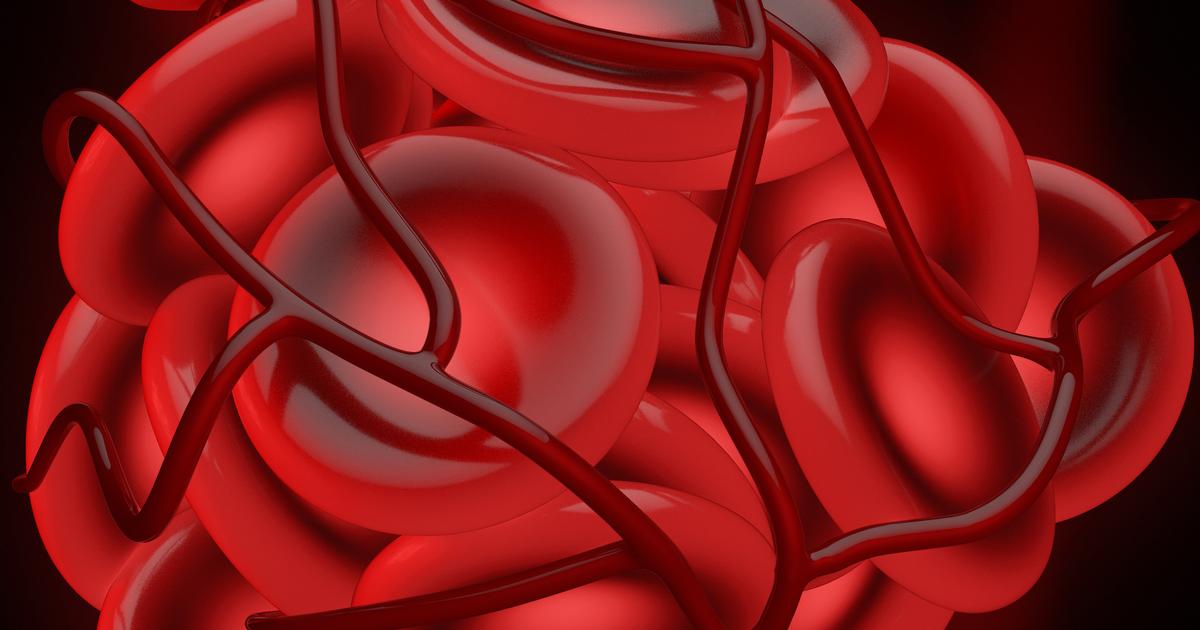What Causes Spider Veins?
History Of Blood Clots

A history of blood clots is a potential contributing factor that could elevate a patient's risk for spider veins. Blood clots are gel-like clumps of blood and fibrin that may form if an individual has impaired or slow circulation. Clots often form in the deep veins of the legs, and this condition is known as deep vein thrombosis. While immobile clots may not be harmful, some clots may move to the lungs or other vital organs and become potentially life-threatening. Potential signs of blood clots include shortness of breath, chest pain, lightheadedness, and speech difficulties. Patients who have blood clots in the legs (deep vein thrombosis) may notice early symptoms such as warmth, swelling, redness, or pain in a particular area of the leg. Individuals who notice any of these signs should have an urgent medical examination. Doctors can perform blood tests and ultrasounds to diagnose clots, and medication to dissolve the clot can be administered.
Continue to reveal more causes behind spider veins now.
Sun Damage

Patients who have sun damage are at an increased risk of experiencing spider veins on the face. The face is typically exposed to ultraviolet rays from the sun for longer and more frequent periods than other parts of the body, and patients may not apply sunscreen to the face regularly. To prevent vein issues from sun damage, doctors recommend patients apply sunscreen whenever they are outside. Sunscreen should be applied year-round, and patients still need to wear it on cloudy days. While many cosmetics have SPF (sun protection factor) 15, dermatologists generally recommend patients choose products with at least SPF 30 for maximum protection. Sunscreen needs to be reapplied if the patient has been sweating or swimming. Wearing a wide-brimmed hat can help to deflect the sun's rays, and staying inside during the hours of 10 a.m. and 4 p.m. could prevent exposure to the strongest ultraviolet rays. Since sun damage can raise the risk of skin cancer, patients should consider having a yearly skin examination performed by a dermatologist. Dermatologists can also provide advice about ways to reduce the appearance of spider veins.
Learn more about what may cause spider veins now.
